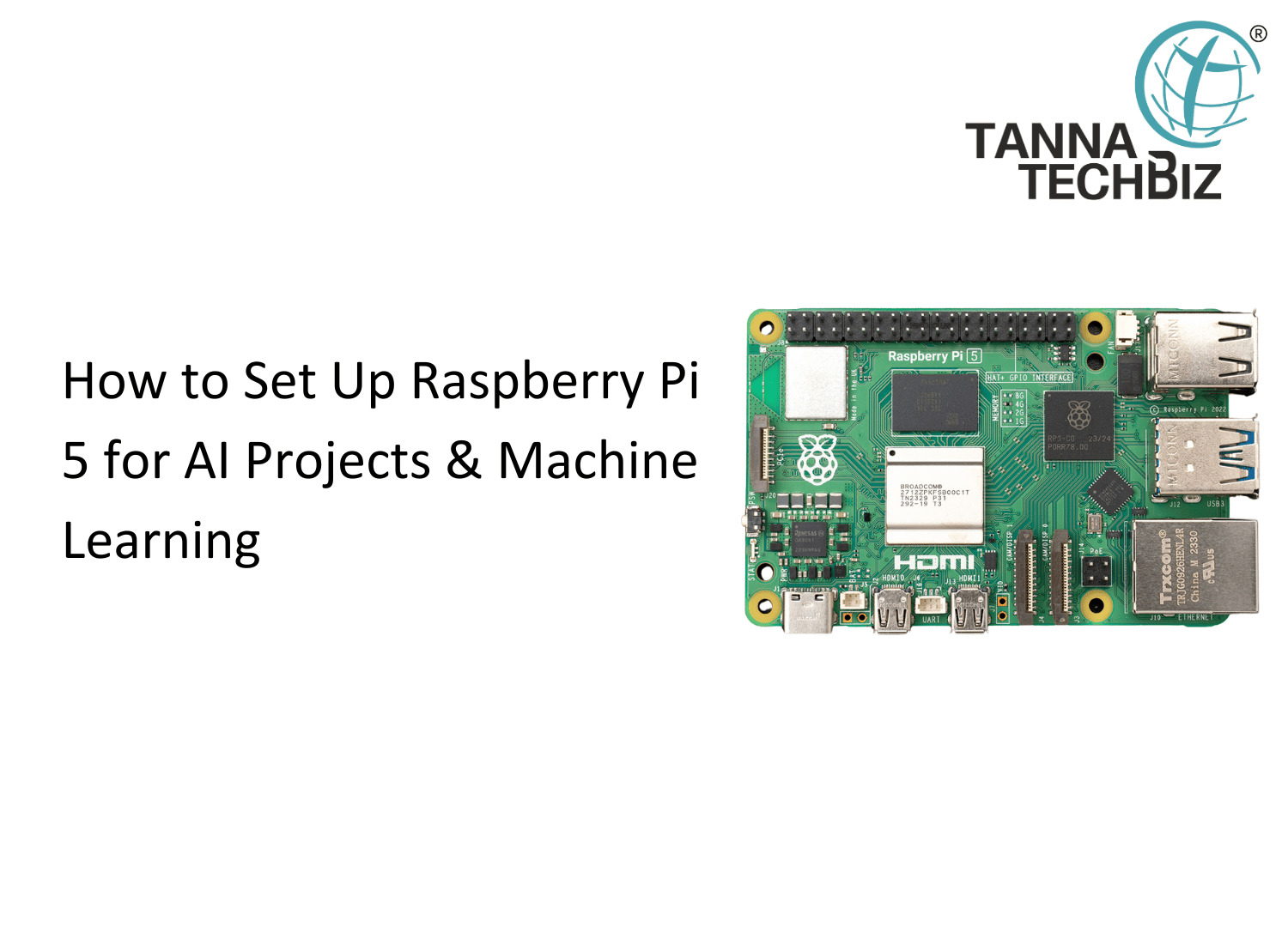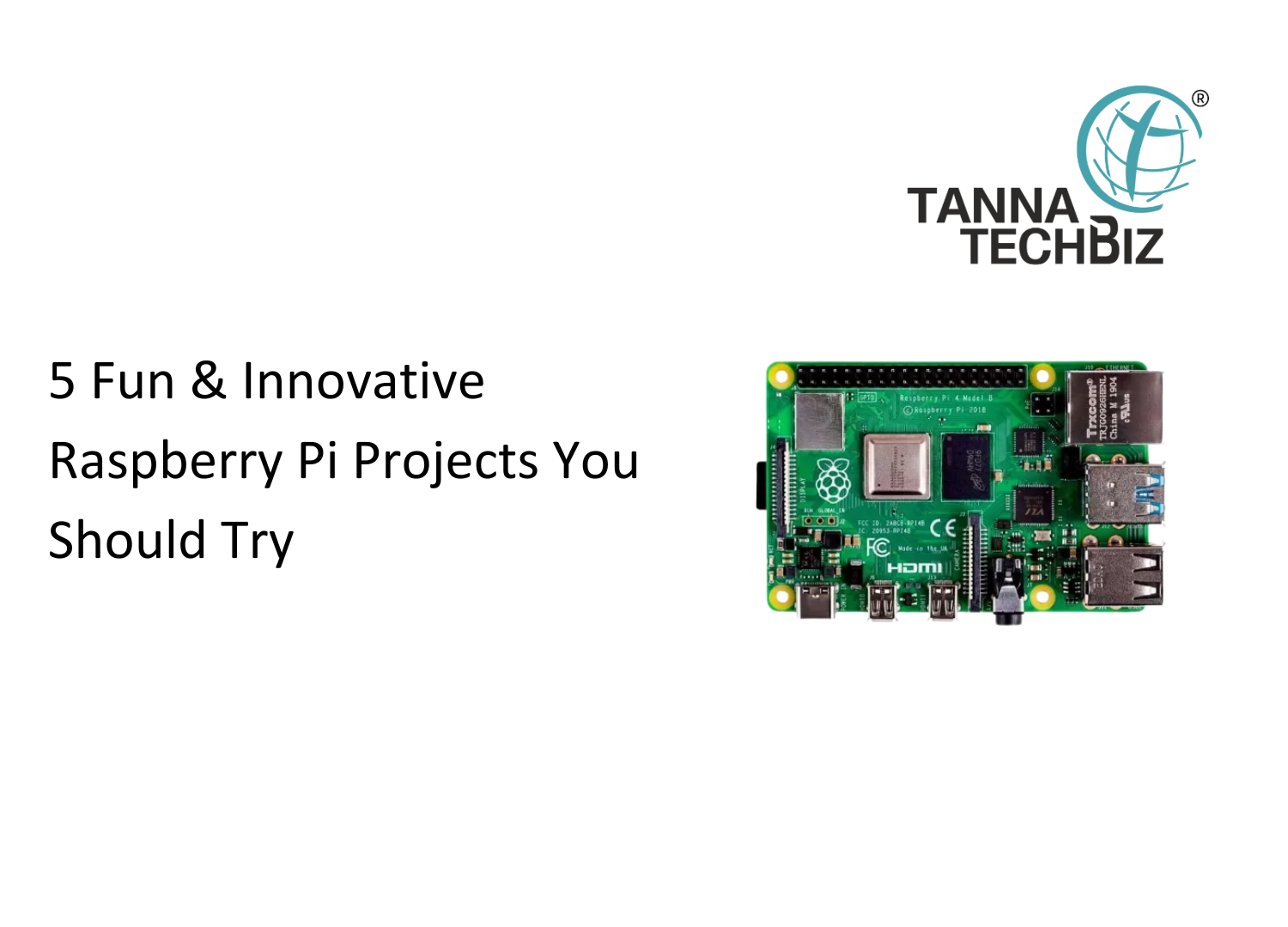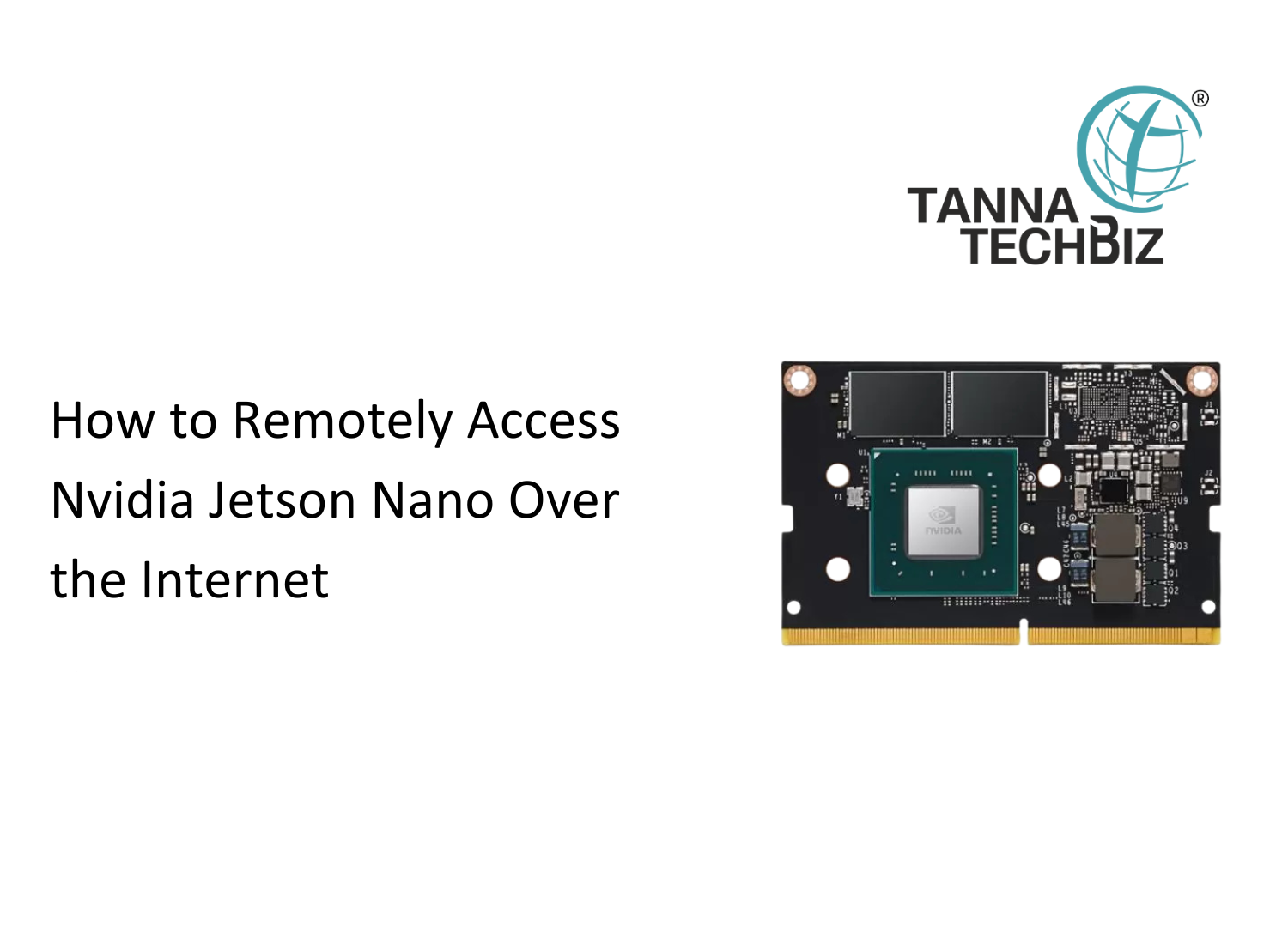How to Set Up Raspberry Pi 5 for AI Projects & Machine Learning
April 23, 2025 245

How to Set Up Raspberry Pi 5 for AI Projects & Machine Learning
Raspberry Pi 5 is nothing short of a pocket-sized powerhouse. If you’ve been waiting to get started with AI and machine learning without draining your wallet, this little board is your ideal companion. It’s tiny and inexpensive and can support some serious stuff. Here’s how to install it seamlessly and get your AI experiments under way.
Step-by-Step Procedure to Configure Raspberry Pi 5
Get Your Raspberry Pi 5 Kit Up and Running
First, gather everything you'll need. The board for the Raspberry Pi 5, a good power source, a microSD card of 32GB (or bigger), and all of the usual stuff such as keyboard, mouse, and screen. When you have all of the necessities, you're good to go.
Installing the Operating System
Use the Raspberry Pi Imager software to install Raspberry Pi OS on your microSD card. This software simplifies installation tremendously, even for those who have never done so before.
Enable SSH for Headless Access
To be able to manage your Pi without using an external display, enable SSH. It enables you to remotely interact with it from your laptop or PC, ideal for the majority of AI configurations.
Update and Upgrade
Open terminal and execute the standard sudo apt update and sudo apt upgrade commands. This keeps your system updated and ready to install heavy-duty libraries.
Add AI & ML Libraries
Install libraries such as TensorFlow, PyTorch, or OpenCV depending upon what you are developing. These are fundamental to working with image identification, language processing, and deep learning.
Set Up Your Python Environment
Set up a virtual environment to keep your dependencies clean. This keeps your project tidy and prevents any version mismatches in the future.
Connect Sensors and Peripherals
Connect any AI peripherals such as cameras, microphones, or sensors through the GPIO pins. Simply ensure everything is compatible and powered properly.
Time to Construct and Explore
Begin developing your AI concepts using Python. You can find ample sample code and community tutorials over the internet to assist you.
Monitor and Debug Smoothly
Use monitoring software and debug using Python scripts or Raspberry Pi forums in case you are stuck.
Stretch the Boundaries with Innovative Projects
Once you feel at ease, delve into object detection, NLP, and even autonomous bots. The potential is unlimited.
Conclusion
Once properly installed with the Raspberry Pi 5, you have everything you need to develop and run exciting AI applications. A bit of patience and inquisitiveness is all you need to unlock its potential.



